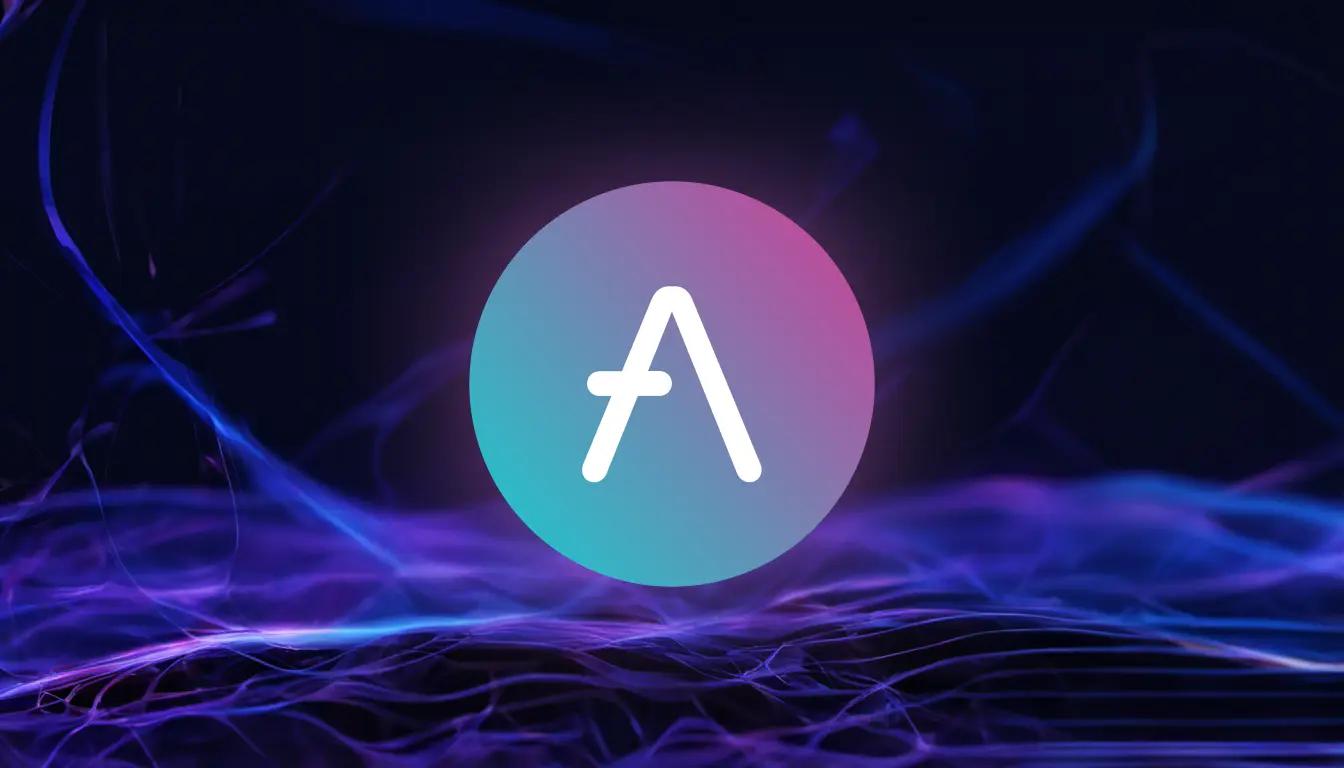Aave is a decentralized lending protocol, that allows users to lend or borrow cryptocurrency without the need for a centralized intermediary. By depositing digital assets into "liquidity pools," users contribute to the funds available for lending within the protocol. In July 2022, the Aave community approved the launch of GHO, a decentralized, collateralized stablecoin, further expanding its offerings in the world of decentralized finance (DeFi).
Initially built on the Ethereum network, Aave has since expanded to other chains such as Avalanche, Fantom, and Harmony. The protocol is governed through a decentralized autonomous organization (DAO) by AAVE token holders who conduct voting. Before becoming Aave, the product was known as ETHLend, developed under the leadership of Stani Kulechov, a Finnish law student.
How Aave Works
Aave operates as a decentralized finance (DeFi) platform, allowing users to obtain loans in cryptocurrency from other individuals as opposed to traditional financial institutions. The platform automates transactions through the use of smart contracts, eliminating the need for intermediaries.
To secure a loan on Aave, users are required to provide collateral in the form of other cryptocurrency tokens. Due to the volatile nature of these assets, overcollateralization is often required, meaning borrowers must provide more than the loan amount in a different cryptocurrency.
In the event of major price fluctuations, collateral may be liquidated if its value no longer covers the borrowed amount. This ensures that the loan is properly backed and protects the protocol.
Aave currently supports 30 Ethereum-based assets, including stablecoins such as Tether, DAI, USD Coin, and Gemini dollar, as well as other markets such as Avalanche, Fantom, Harmony, and Polygon.
Furthermore, Aave offers pools for real-world assets like real estate, cargo and freight invoices, and payment advances. Partner company Centrifuge assists in tokenizing elements of traditional businesses, creating opportunities for investors to purchase or hold these tokens as collateral. These tokens function similarly to bonds and can provide a yield for investors.
Within the Aave ecosystem, users can engage in lending, borrowing, and earning interest on their assets. The platform also introduces the concept of flash loans, a unique feature that allows users to obtain instant, uncollateralized loans, as long as the loan is returned to the liquidity pool within a single transaction.
In summary, Aave operates as a DeFi lending and borrowing platform, enabling users to participate in decentralized peer-to-peer transactions, earn interest, and leverage their assets within a transparent and efficient system.
Why Borrow Cryptocurrency?
Borrowing cryptocurrency can be useful in specific situations, such as arbitrage opportunities. In arbitrage, traders capitalize on discrepancies in token prices across different exchanges by buying low and selling high. However, due to transaction fees and spreads, significant amounts of cryptocurrency are required to make substantial gains.
Here, Aave's flash loans offer valuable assistance. As the innovator of flash loans, Aave enables users to borrow cryptocurrencies without providing collateral. In a single transaction, borrowers can obtain a loan, purchase an asset, sell it, and repay the loan, retaining any profits made. This efficient approach benefits from the rapid price fluctuations typical of the cryptocurrency landscape and enables traders to maximize earnings from collateral-free loans in a transparent and secure environment. By leveraging flash loans, market participants can actively engage with cryptocurrencies, stablecoins such as DAI, and their corresponding interest rates, while managing liquidation risks associated with overcollateralized loans and real-world assets.
How Liquidity Pools Function
Liquidity pools have evolved from the early days of decentralized finance when borrowing an asset required finding a lender on the platform. Aave's approach eliminates the need for peer-to-peer lending by using pool-to-peer lending instead.
Users deposit digital assets into liquidity pools, which serve as funds for the protocol to lend out. Those who contribute assets to the pool, providing liquidity, receive new aTokens in exchange. For example, depositing DAI into a liquidity pool results in obtaining aDAI.
As an aToken holder, earnings come from a share of the platform's flash loans and interest on the aTokens. The rewards depend on the pool's demand; contributing tokens to a pool with high liquidity results in lower earnings, while depositing in-demand tokens yields higher returns.
Borrowers also experience variable interest rates based on the asset being borrowed.
In 2022, Aave introduced the Portal feature in its v3 protocol, streamlining functionalities across all blockchains. This innovation enables participation in lending and borrowing protocols on various chains, such as Solana or Avalanche.
Key Aspects:
- Liquidity pools replace conventional peer-to-peer lending in Aave.
- Depositing assets into pools yields aTokens, which earn interest and flash loan profits.
- Returns and interest rates depend on the pool's liquidity and demand.
- Aave's Portal feature expands its capabilities across multiple blockchains.
Considerations:
- Fees and gas fees are essential aspects to keep in mind when participating in liquidity pools.
- Aave relies on smart contracts to manage assets, interest rates, and reserves.
- Uniswap is another alternative platform using liquidity pools in the DeFi ecosystem.
Aave Token
The Aave token (AAVE) plays a crucial role in governing the Aave protocol. By holding AAVE tokens, users have the ability to vote on the protocol's direction and management, with each token representing one vote. In addition to governance, AAVE tokens are used as collateral to increase borrowing limits, thereby allowing borrowers to potentially avoid certain fees or obtain discounts.
Derived from its connection to the Aave decentralized finance (DeFi) protocol, AAVE has become one of the largest DeFi coins by market capitalization. The token is available for trading or purchasing on various cryptocurrency exchanges, such as Binance and Coinbase.
Prior to the rebranding from ETHLend to Aave, the platform's token was named LEND. However, LEND holders had no governance rights in the new Aave protocol. Consequently, a proposal was approved to exchange 100 LEND tokens for one AAVE token.
The Future of Aave
In July 2022, the Aave community approved a proposal for the launch of its own stablecoin, GHO. An overwhelming 99.9% of voters supported the initiative, set to introduce an overcollateralized stablecoin pegged to the U.S. dollar and backed by a diversified set of crypto-assets.
The introduction of GHO aims to make stablecoin borrowing on the Aave Protocol more competitive, as well as generate extra revenue for Aave's DAO. The proposal entails sending 100% of interest payments on GHO borrows to the DAO, thus benefiting the entire ecosystem. GHO follows a decentralized, collateralized stablecoin model, similar to Maker's DAI, deviating from the algorithmic stablecoin model such as Terra's UST, which had a significant collapse during the 2022 crypto crash. Aave Companies have also assured that robust risk mitigation features will be implemented to prevent excess GHO minting.
In addition to these developments, Aave is expanding beyond DeFi with the launch of Lens Protocol, a decentralized social media platform based on Polygon. Lens Protocol enables users to store their content as NFTs, providing content creators with true ownership of their audiences in a permissionless fashion.
With Aave's growing influence in the DeFi space and its expansion into decentralized social media, the future of the platform looks promising. As Aave evolves and expands its offerings, elements such as market cap, governance, and total supply will play a vital role in shaping its trajectory and position within the evolving crypto landscape.











